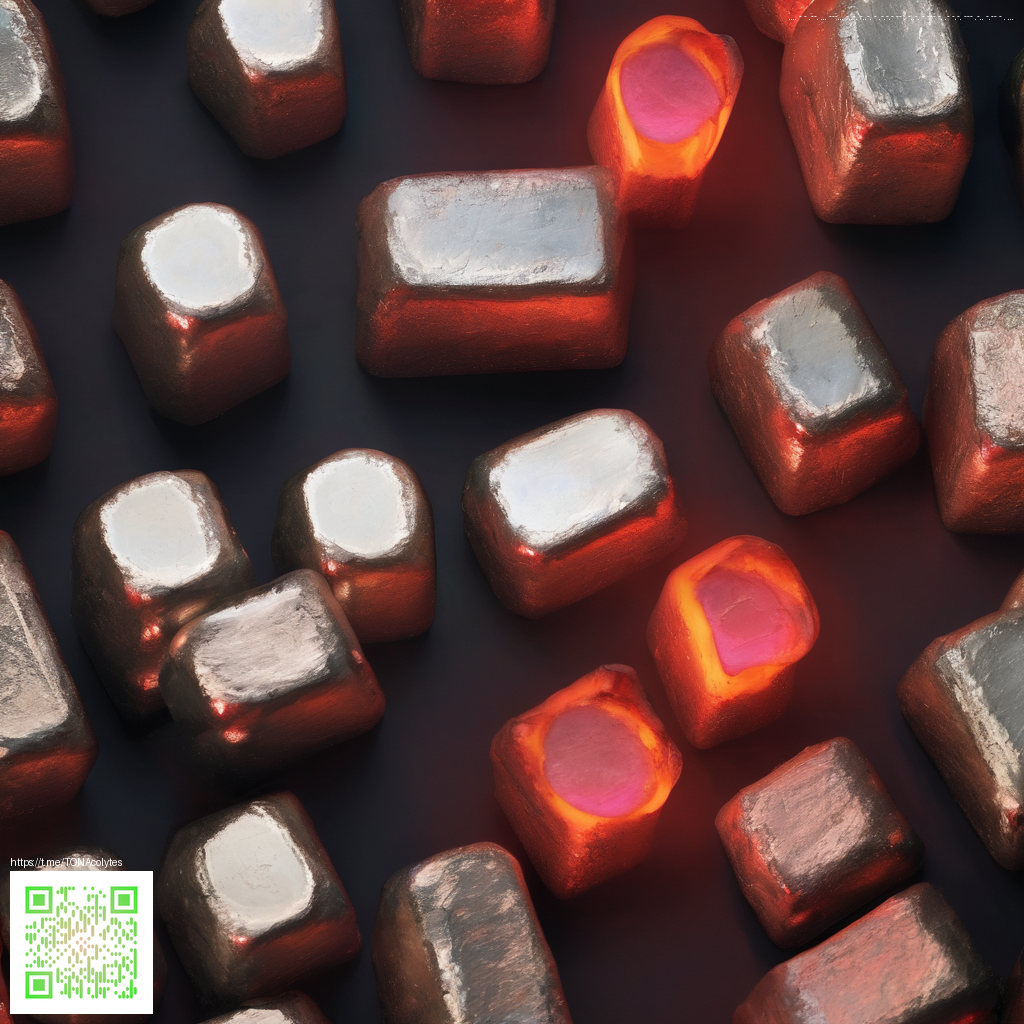
Ending theories and what they reveal about Red Alert 2 final moments
Red Alert 2 lands with a brisk pace and a sharp sense of humor, but its finale leaves players with more questions than tidy answers. The two main campaign finales present distinct visions for the world after the climactic battles. What looks like a straightforward victory on one screen can feel like a springboard for new crises on the next, especially once you factor in the expansion that follows a lot of the same threads with a new antagonist in tow. The result is a sprawling conversation among fans about canon, timelines, and the hidden implications tucked inside a cinematic afterword.
To begin, the base game pairs each faction’s arc with a closing montage that frames a future shaped by who won the last engagement. The Allied ending suggests a global coalition possibility built on reconstruction and cooperation, while the Soviet ending hints at a world where suspicion and power struggles persist even after the final battles. Those final moments are deliberately cinematic rather than technical, which invites interpretation. And because the game never locks you to one definitive path, players have long treated these endings as two halves of a larger what if scenario rather than a single, unified finale.
Two endings two futures
The Allied finale leans into restraint and reconstruction. You glimpse a more hopeful international order where diplomacy and shared tech recovery become the main tools for reshaping the post conflict landscape. The Soviet ending leans into an edgier, less predictable world where power vacuums invite competing factions and volatile alliances. The tonal shift between these two endings creates a narrative texture that players have kept debating across decades of RTS culture. It also explains why fans keep returning to the game to test alternate strategies and what ifs in multiplayer or in modded campaigns.
Community members often parse these endings alongside the game’s broader satire. The idea is not simply who wins, but what kind of peace or instability follows the victory. The interplay between victory and consequence is the engine behind many theories that loop in the expansion content as a connective tissue. Yuri’s Revenge then enters as a bridge that reshuffles the deck in unexpected ways, elevating the conversation from two endings to a multi chapter arc that many fans still dissect in fan wikis and forum threads today. 💠
What the community notices and what it argues
Fans tend to highlight several recurring ideas. First, the endings feel thematically linked to a perpetual cold war a heartbeat away from another burst of conflict. Second, the endings’ openness invites speculative fiction, from timelines where diplomacy fails to those where new ideologies rise behind the curtain. Third, the game’s humor and over the top set pieces encourage a playful tone, which makes fan theories feel entertaining rather than official speculation. It is exactly this atmosphere that has sustained interest over the years and kept the discourse lively on message boards, streams, and mods.
From a developer perspective, endings are a storytelling tool that invites players to imagine consequences beyond the screen. The era when Red Alert 2 launched was all about bold visuals and memorable lines, but the lasting impact comes when players keep asking what if after the credits roll. That kind of engagement is a rare gift for a strategy game and a sign of its enduring community energy.
In terms of a broader arc, the base game sets up a world that Yuri’s Revenge later expands. The expansion leans into the idea that a single faction cannot entirely close the door on conflict, and it amplifies the sense that the world of Red Alert 2 can split into parallel topics of control, mind games, and the ethics of intervention. For players who love decoding lore behind a tight RTS package, that is where the real replay value shines. The gameplay remains sharp, but the conversations surrounding it become part of the game’s texture itself.
Gameplay implications and the modding mindset
Endings become a pivot point for how players approach campaign design and multiplayer balance. The shared understanding that more than one ending exists pushes communities to test how different mission sets could lead to alternate outcomes. Modders in particular lean on that ambiguity to craft new campaigns that explore what might happen if a faction advances a different technology path or if a new ally steps in at a critical moment. This culture of exploration has helped keep Red Alert 2 relevant in modding circles, with fans returning to refine balance, physics feel, and the pacing of unit production regardless of the chosen ending path.
For those curious about how the game aged into modern play, recent community patches and preserved multiplayer experiences show a persistent appetite for old school strategic depth. While the official content remains fixed, the modding ecosystem continues to breathe new life into the game by offering alternative finales, fresh units, and reimagined maps. The result is a living dialogue where the ending theories continue to influence how players design and experience battles on the frontier of nostalgia and invention. 🌑
As new players discover the title through digital storefronts or fan restorations, they often encounter the same question that sparked this discussion years ago. What happens after the last unit falls back or the last wave breaks on the shore of a contested city is not simply a conclusion but an invitation. An invitation to imagine, discuss, and build beyond what the screen shows. That invitation remains one of the enduring charms of this classic RTS experience.
Support a Decentralized Internet